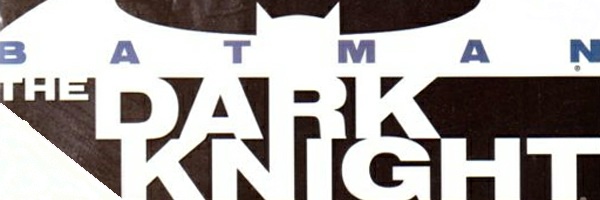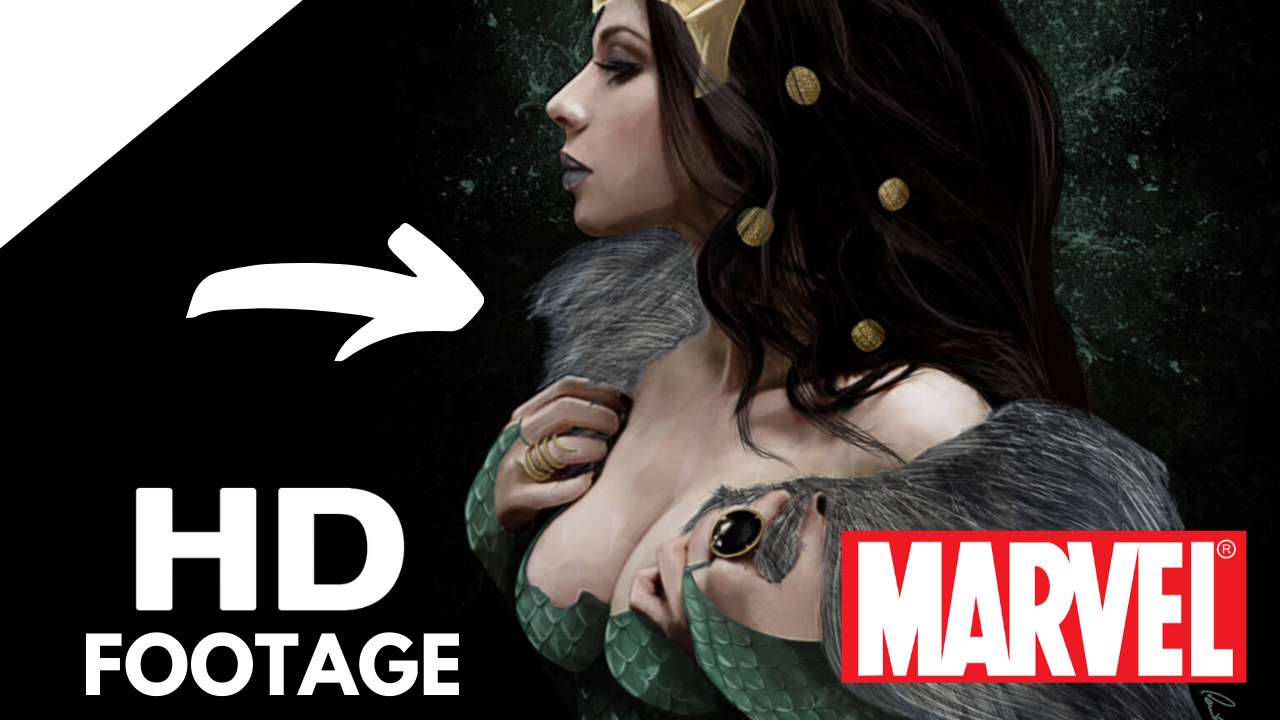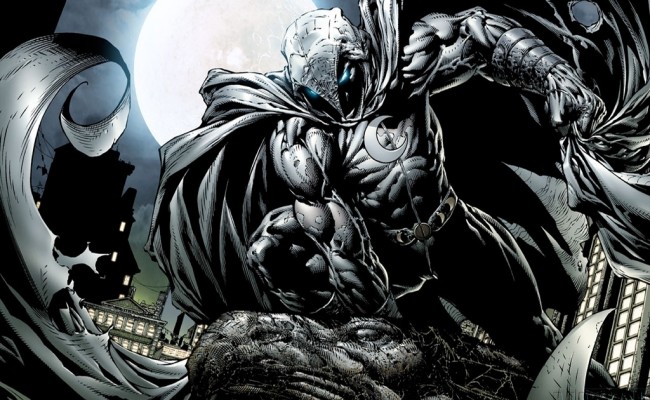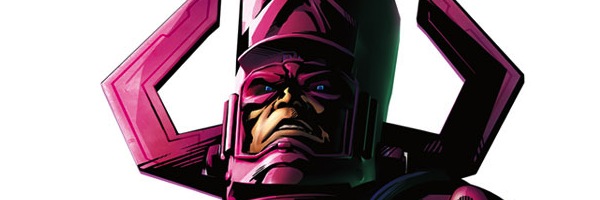In his previous Batman stories, Gregg Hurwitz focused heavily on the childhood traumas of two major villains, the Penguin and the Scarecrow. Now he’s turned his attention to the Mad Hatter. Unlike those other crazies, however, the Hatter’s history has been pretty inconsistent over the years (there were some messy incidents with an impostor Hatter back in the 50’s that still plague the character.) The most common element of his origin has been an obsession with a woman or girl named Alice. While Hurwitz does maintain that element, he bucks other trends in both the Hatter’s history and in his own work. Here’s the official description of Batman: The Dark Knight #17 from DC:
• Ethan Van Sciver’s first storyline as regular artist continues as the gory details of The Mad Hatter’s past are revealed!
• With The Mad Hatter kidnapping citizens all over Gotham City, not even Batman can figure what he’s after.
Unlike Penguin, Scarecrow, and previous versions of his own origin, Jervis Tetch appears to have had a happy childhood; he had friends, and the Alice of this version actually reciprocated his feelings. Of course, it’s all going to go horribly wrong, but for now it’s nice to see something different. As for his scheme in the present day, he’s kidnapping tons of people to become his mind-control slaves to help him reconstruct a Wonderland theme park from his childhood. Again, we’ve seen similar Hatter stories before, but Hurwitz is able to balance the recipe nicely. It’s interesting the the Hatter’s slaves seem to retain much of their own personalities, even while under his control. This gives the illusion of an entire criminal operation, which, in reality, is all the fantasy of a single person.
As for Batman, he’s chasing down various leads, doing the World’s Greatest Detective thing. It’d be kinda boring if it weren’t for some great exchanges he has with Alfred and Gordon. He calls his computer’s data-mining program a “bata-mining” program, which is a cringe-inducing joke that can become downright confusing, depending on how you pronounce “data.” Luckily, Alfred calls him out on it in a very Alfred-like manner, which goes a long way toward salvaging the moment.
Ethan Van Sciver‘s art is fantastic. There aren’t many artists who can manage such high levels of realism and detail, especially with fantastic elements. His layouts here are varied and off-kilter, suitable to the story. While I continue to be distracted by the spike he adds to the top of Batman’s cape – reminiscent of a reel bat’s thumb at the front of its wing – I have to admit that it adds something to the visuals in action shots. Van Sciver’s top-down view of Batman at his circular computer workstation is surprisingly awesome, considering the relatively uninteresting subject matter. The dynamic swirl of the story’s title in the image is also cool, but, unfortunately, detracts from the art as a standalone image.
We’ve seen a lot of the elements of this story before, but Gregg Hurwitz has mixed them in such a way that they seem fresh again. Ethan Van Sciver’s art is, not unexpectedly, a lot of help in that regard. With the Joker becoming increasingly dark in recent years, it’s nice for Batman to have a villain who can be flat-out silly at points, with a capricious bent, while still being a sinister threat.
















S#!T Talking Central